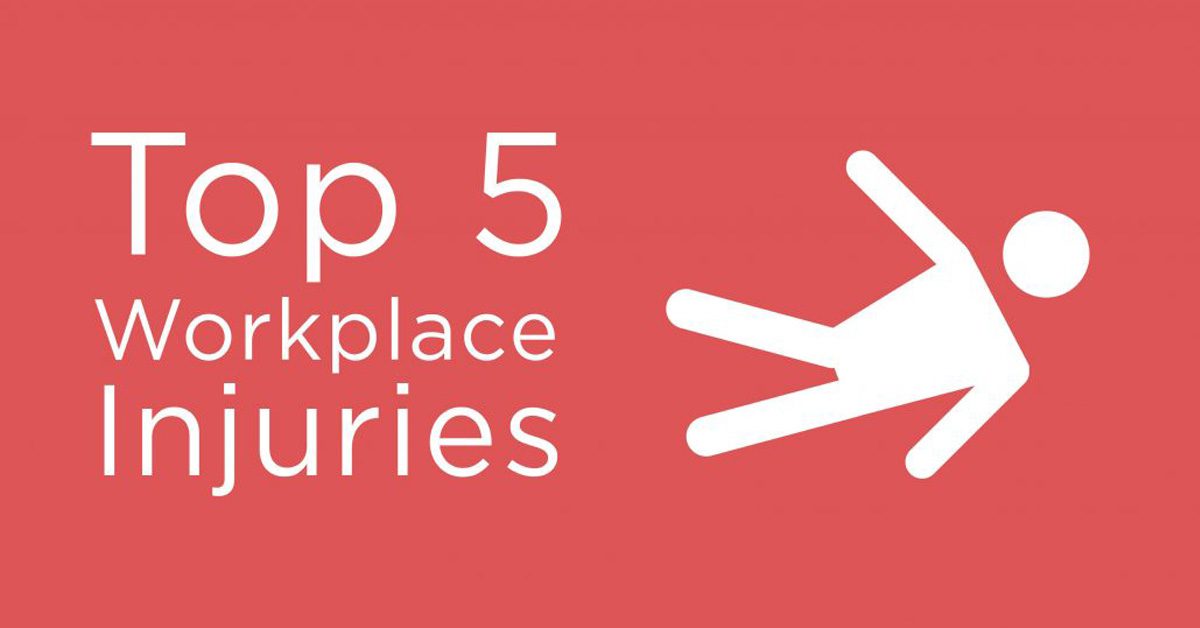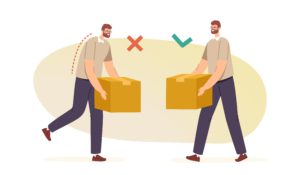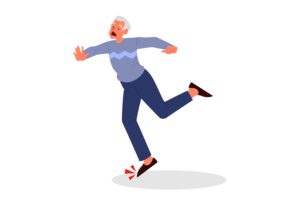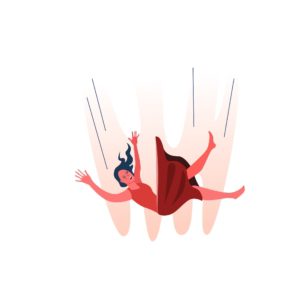
It may not come as a surprise that workplace injuries continue to plague employees carrying out their day-to-day routines, with over 600,000 injuries reported last year. Whether an unreported hazard is to blame, or misbehaviour at work, join us as we take a look at the top 5 non-fatal injuries to employees.
Most common Workplace Injuries
1. Slip, trip or fall on the same level

Taking the top spot for most common workplace injuries are slips, trips and falls on a level surface, compiling 29% of the overall results. From trailing cables to ignored spillages, most workplaces will at some point encounter a slippery surface or tripping hazard, so it’s no surprise that it finds itself at the top of our list.
Preventing these accidents from happening can be as simple as displaying a ‘wet floor sign’, or organising all cables and equipment out of walkways. AssessNET’s Hazard reporting module allows you to quickly and easily identify these hazards and assign remedial actions before accidents happen.
2. Manual handling

It’s natural for us to follow the mindset that to carry more will result in less journeys without thinking about the manual handing risks. However, this goes way beyond carrying the shopping in from the car boot it’s common for employees to forget the practice of how to lift an item safely when in a rush at work. A simple way to remember, is that the bend should be in your hips and knees, and not your back. Bending your back forces huge strain directly to your spine, whereas your legs do not contain the sheer number of pivot points that exist in your spine.
Of course, if an object is too heavy to lift, regardless of the posture, it should not be lifted without assistance. Lifting and handling claims 22% of the overall results.
AssessNET’s Manual Handling module allows risk assessments to be conducted for activities of concern and lays out in simple terms the actions required to prevent manual handling injuries occurring.
3. Struck by an object
Driven, fallen, swinging, flying… in some workplaces, objects can come at you from all angles. Although not the most common, this could be perceived as the most potentially fatal so far in our list – of course depending on the object. This claims 10% of the overall results.
Preventing accidents of this nature needs further analysis about what the striking object is. Let’s say it’s a forklift truck, all walkways and crossings should be clearly marked, and drivers should all be trained. If its objects with a risk of falling they be securely fastened, and hard hats should be worn in marked zones.
The risks presented by these hazards need to be assessed. AssessNET’s Risk Assessment module is a simple and easy tool that allow you to record all these hazards and ensure that the controls measures required to prevent injury are in place.
4. Fall from height

Another common workplace injury is working at height, such as using a ladder, scaffolding or cranes. Improper training or setup can lead to a potentially fatal accidents. Whilst this list looks at non-fatal injuries, it claims 7% of the these overall results, it still remains top of the fatal injuries list.
The AssessNET Training module can identify training needs by roles and ensure that competency is maintained for all activities involving working at height. AssessNET’s Asset and Inspections modules allows all the required pre-use checks and inspections to be recorded for all levels of access equipment to minimise and prevent future workplace injuries.
5. Acts of violence

Our final spot is slightly unusual in comparison to our other entries, mainly being that the injuries are caused by fellow employees and not the workplace itself. There is a high chance that the leading cause of this is workplace stress, however employee relations can also be influenced from outside the workplace, often making this difficult to manage. This also comes in at 7% of the overall results, with the final 25% consisting of accidents such as contact with machinery and striking a stationary object.
Using the AssessNET Incident Reporting module acts of violence can be recorded and analysed to identified where and what controls measures are required.
Summary
You do not have to be a superhuman to be safe at work, however an accident is what it says on the tin – accidental! This is with the exception of number 5, which could be seen as intentional, however still preventable.
Everyone has the right to be safe in the workplace. Creating a culture of safety awareness using simple to use tools such as AssessNET and providing suitable training and equipment means the risk of all these common workplace injuries can be minimised.
Latest News
Riskex Limited
BizSpace
Linford Forum
18 Rockingham Drive
Milton Keynes
Buckinghamshire
MK14 6LY
What3words reference:
Contact us
Make an enquiry:
Company No. 05174302
VAT No. 844 5092 22


